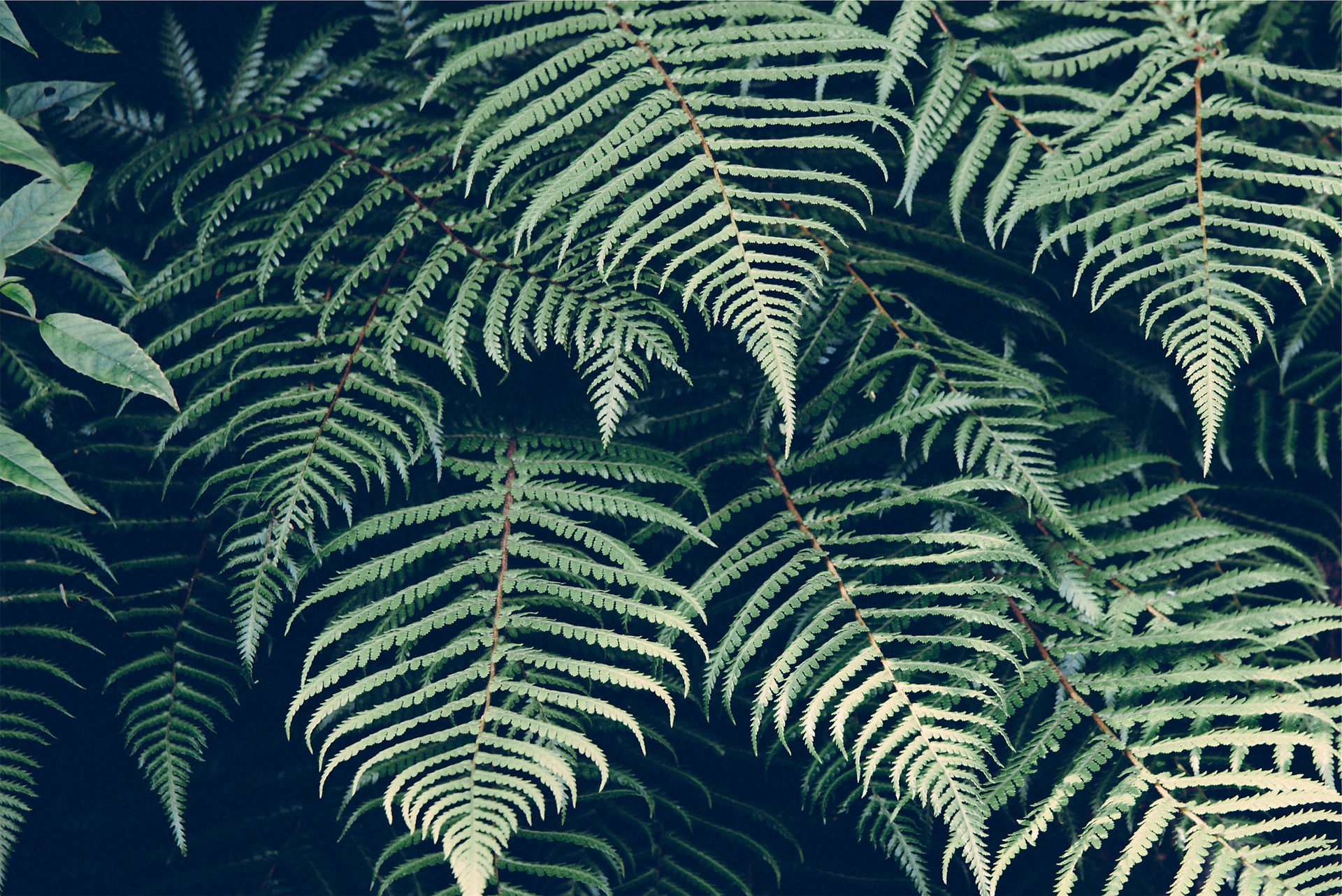Program for Palynology Short Talks - Session 9: Palynomorphs and Associated Environmental Indicators
- PST

- Mar 10, 2021
- 2 min read
Updated: Mar 12, 2021

Time: 14:00 GMT Tuesday, 16th Mar 2021
14:00-16:00 London
15:00-17:00 Amsterdam
22:00-00:00 Beijing
10:00-12:00 AM New York
7:00-9:00 AM California
1:00-3:00 AM (Nov 18) Sydney
Check your time here
1. Introduction
2. Talks [15 mins for each]
(1). Everything you wanted to know about Dinoflagellate cysts as Environmental indicators
Fabienne Marret ( University of Liverpool )
Short abstract: Dinoflagellate cysts is one of the main marine palynomorph groups that has been intensively studied in the last decades as a tool for qualitative and quantitative reconstructions for the Quaternary period and beyond. In this talk, an overview of this fascinating group will be given, from their global distribution, how they relate to environmental conditions and give us glimpse of past conditions.
(2). Palaeoenvironmental changes recorded in the Palynology of the upper Pleistocene to Holocene in the North Atlantic and Western Mediterranean sea
Jihad RACHID (Hassan II university, Morocco)
Short abstract: This work is the first study on palynology of carbonate mound sediments in the Moroccan Atlantic and Mediterranean margins, collected during the oceanographic cruise MD 194/Eurofleet (2013). The organic remaining revealed a dominance of dinoflagellate cysts over the continental fraction, which despite their low representativity, is proving to be a valuable tool for the paleoclimate interpretation.
------ First Round Questions & Biobreak ------ [6-8 min]
(3). Pediastrum (Chlorophyceae) assemblages in surface lake sediments in China and western Mongolia and their environmental significance
Lixiong Xiang (Lanzhou university)
Short abstract: We investigated the occurrence of Pediastrum in 43 water bodies, with varying hydro-chemical and climatic gradients, in China and western Mongolia. The results demonstrate that temperature and trophic factors have an important effect on the abundance and taxonomic composition of Pediastrum, while salinity determines its presence/absence.
(4). Pollen based vegetation reconstruction during mid-holocene in Songnen grassland, northeast China
Honghao Niu ( Northeast normal university )
Short Abstract: In this study, we reconstructed the paleovegetation of Songnen grasslands since the mid-Holocene, based on pollen records which are extracted from a peatland section by the Dabusu lake. We attempted to find out what types of vegetation were dominated in this area since the mid-Holocene and what is the main climatic element that drove the vegetation dynamics.
------ Second Round Questions & Biobreak ------ [6-8 min]
(5). Lateglacial and Holocene climate-driven wetland dynamics and human land use in Bass Strait, southeast Australia revealed in wetland pollen and non-pollen palynomorph assemblages
Matthew Adeleye ( Australian National University )
Short abstract: Wetland NPPs and pollen were used to reconstruct past wetland dynamics and human land use in Bass Strait. Results suggest increasing wetland hydrology in Bass Strait through the lateglacial–mid Holocene, while increasing climate variability since mid-Holocene drove low-variable wetland hydrology. Also, human land use was pronounced in the region during the early-mid Holocene.
------Last Round Questions & Biobreak------ [6-8 min]


Comments